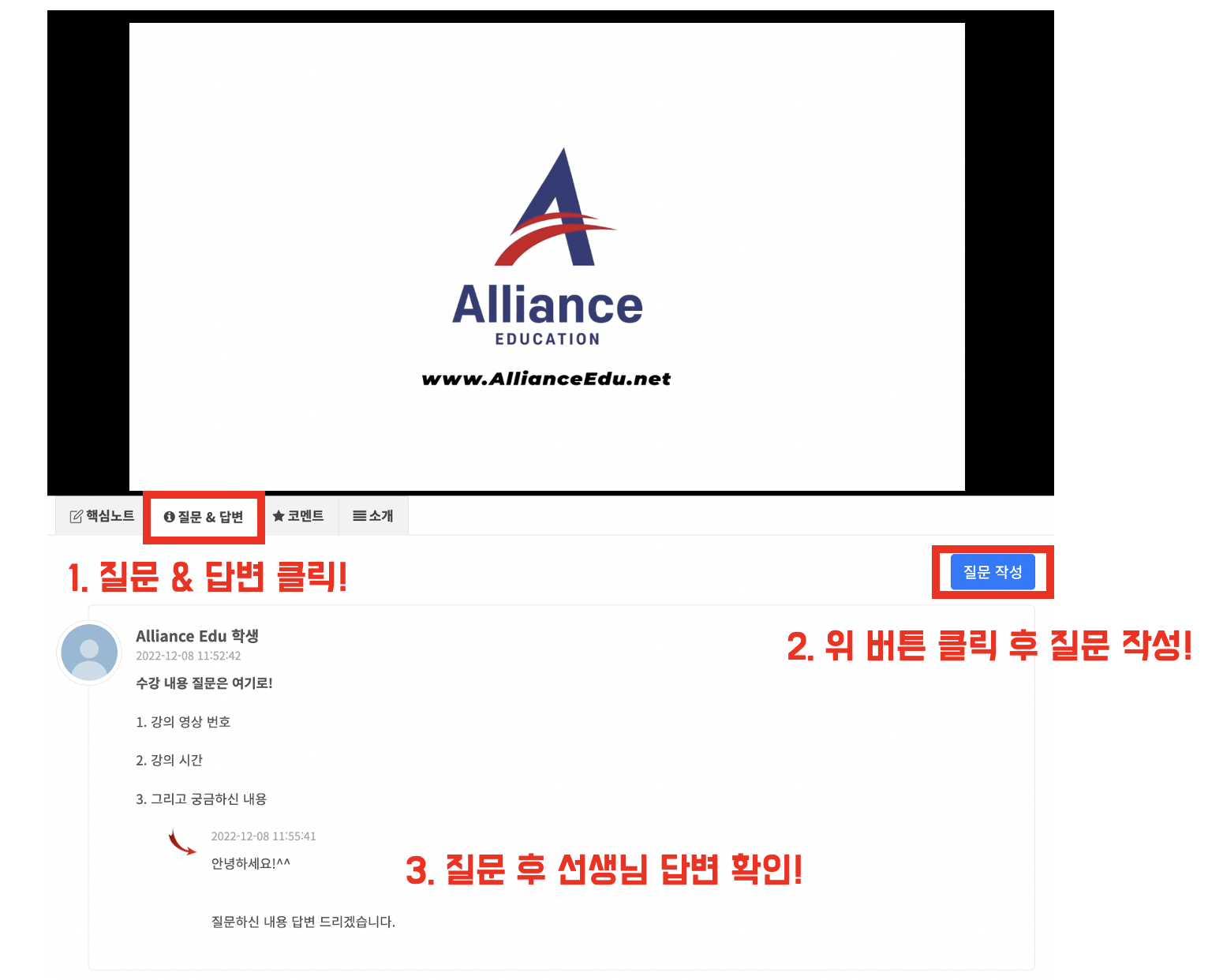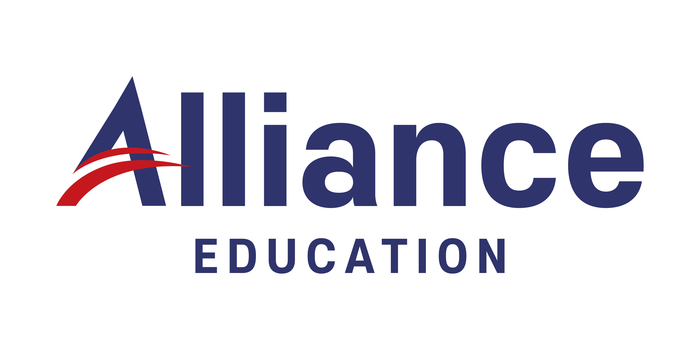IB Economics (Full Set) SL
김양우 선생님의 IB Economics 강좌입니다.
커리큘럼
-
무료 수업 25:23
-
1.1.2 The problem of choice28:01
-
1.1.3 PPC20:05
-
1.1.4 Modelling the economy23:20
-
무료 수업 20:55
-
2.1.2 Relationship between an individual consumer's demand and market demand06:21
-
2.1.3 Non-price determinants of demand19:46
-
2.1.4 Movements along the demand curve and shifts of the demand curve05:17
-
2.2.1 The law of supply and the supply curve13:00
-
2.2.2 Relationship between an individual producer's supply and market supply03:27
-
2.2.3 Non-price determinants of supply26:18
-
2.2.4 Movements along the supply curve03:59
-
2.3.1 Demand and supply forming a market equilibrium05:33
-
2.3.2 Shifting the demand and supply curves to produce a new market equilibrium, with reference to excess demand and excess supply27:15
-
2.3.3 Functions of the price mechanism13:47
-
2.3.4 Consumer and producer surplus13:37
-
2.3.5 Social/community surplus and allocative efficiency16:29
-
2.4.1 Concept of elasticity04:10
-
2.4.2 Price Elasticity of Demand55:46
-
2.4.3 Income Elasticity of Demand27:47
-
2.6.1 Reasons for government intervention in markets14:05
-
2.6.2 Main forms of government intervention in markets (price ceiling)32:01
-
2.6.3 Main forms of government intervention in markets (price floor)17:52
-
2.6.4 Main forms of government intervention in markets (minimum wage)12:27
-
2.6.5 Main forms of government intervention in markets (indirect tax)17:33
-
2.6.6 Main forms of government intervention in markets (subsidies)27:13
-
2.7.1 The meaning of common pool resources10:20
-
2.7.2 Market failure and externalities: diverging private and social benefits and costs10:28
-
2.7.3 Negative production externalities42:19
-
2.7.4 Negative consumption externalities24:22
-
2.7.5 Positive production externalities11:58
-
2.7.6 Positive consumption externalities15:14
-
3.1.1 Economic activity14:16
-
3.1.2 Measures of economic activity20:07
-
3.1.3 Calculations based on national accounting09:43
-
3.1.4 The Business Cycle10:23
-
3.1.5 National income statistics and alternative measures13:48
-
3.2.1 Aggregate demand and the aggregate demand curve17:17
-
3.2.2 SRAS and short-run equilibrium in the AD-AS model11:30
-
3.2.3 LRAS and long-run equilibrium in the monetarist/new classical model18:24
-
3.2.4 AS and equilibrium model in the Keynesian model18:31
-
3.2.5 Shifting AS curves over the long-term04:46
-
3.2.6 Implications of the Keynesian model and the monetarist/new classical model06:17
-
3.3.1 Low unemployment26:06
-
3.3.2 Low and stable rate of inflation26:12
-
3.3.3 Exploring the relationship between unemployment and inflation06:19
-
3.5.1 Inequality16:48
-
3.5.2 Poverty17:51
-
3.5.3 Causes of economic inequality and poverty09:59
-
3.5.4 The impact of income and wealth inequality06:15
-
3.5.5 Policies to reduce income and wealth inequalities and poverty12:00
-
3.6.1 Introduction to macroeconomic policies03:33
-
3.6.2 Demand management and monetary policy21:57
-
3.6.3 Demand management and fiscal policy39:08
-
3.6.4 Supply-side policies21:06
-
3.6.5 Evaluation of demand-side and supply-side policies to promote low unemployment, low and stable rate of inflation, and economic growth08:54
-
무료 수업 12:46
-
4.1.2 Types of trade protection: restrictions on free trade27:08
-
4.2.1 Arguments for and against trade protection18:28
-
4.2.2 Economic integration: trading blocs20:13
-
4.2.3 Economic integration: monetary union01:28
-
4.2.4 World Trade Organization13:18
-
4.3.1 Floating exchange rates32:53
-
4.3.2 Consequences of changes in exchange rates: an evaluation09:20
-
4.3.3 Government intervention10:58
-
4.3.4 The balance of payments32:53
설명
김양우 선생님의 IB Economics 강좌입니다.
*얼라이언스 에듀의 모든 IB 과목의 HL 과정 강좌는 SL 내용을 포함하고 있습니다!
일시정지 기간: 24일 3회
교재 다운받는 방법:
인강 수강 시에 선생님의 핵심 노하우가 담긴 필기용 교재를 학생분께 PDF로 드립니다.
1) 인강 결제 후에 왼쪽 상단에 있는 "내 강의실"에서 구매한 강의를 누르면 아래 사진과 같은 수강 페이지가 보이게 됩니다.
2) 각 단원의 첫 번째 영상을 보면 "첨부파일" 버튼이 있는데, 이를 누르면 PDF가 열려서 다운이 가능합니다^^

질문하기 방법:
인강 수강 시에 강의에서 궁금한 내용을 올리시면 다음날 까지는 답변을 드려요~
선생님의 빠르고 정확한 답변을 위해 학생분들은 아래 형식을 꼭 지켜주세요!
1. 궁금한 부분의 강의 영상 번호 (1.1.1)
2. 강의 영상의 시간
3. 궁금한 내용을 구체적으로!

강사 평점
★★★★★ 5.0
코멘트


